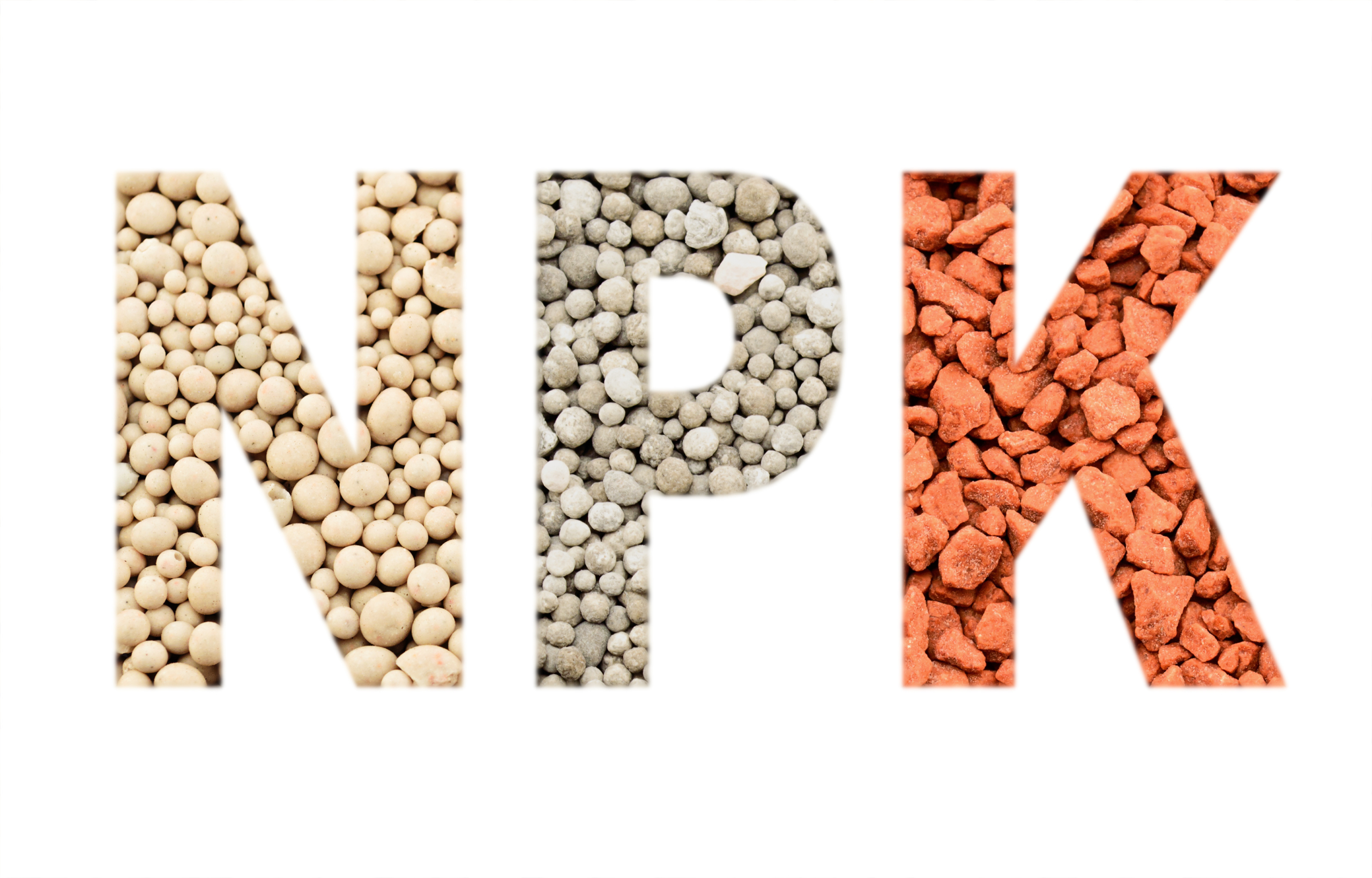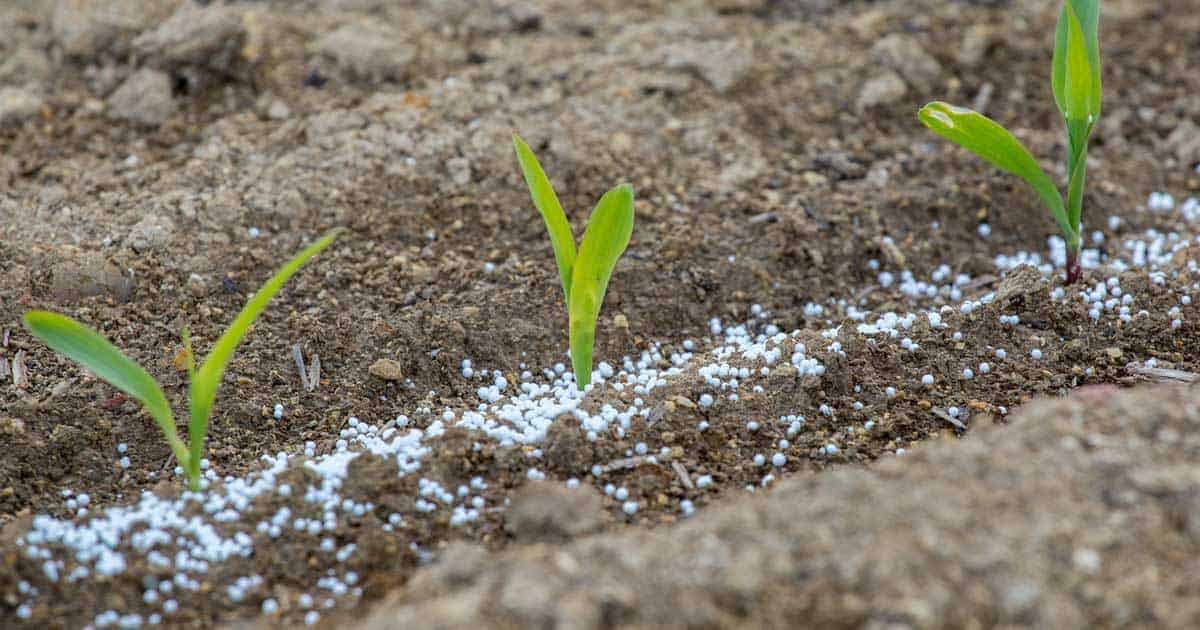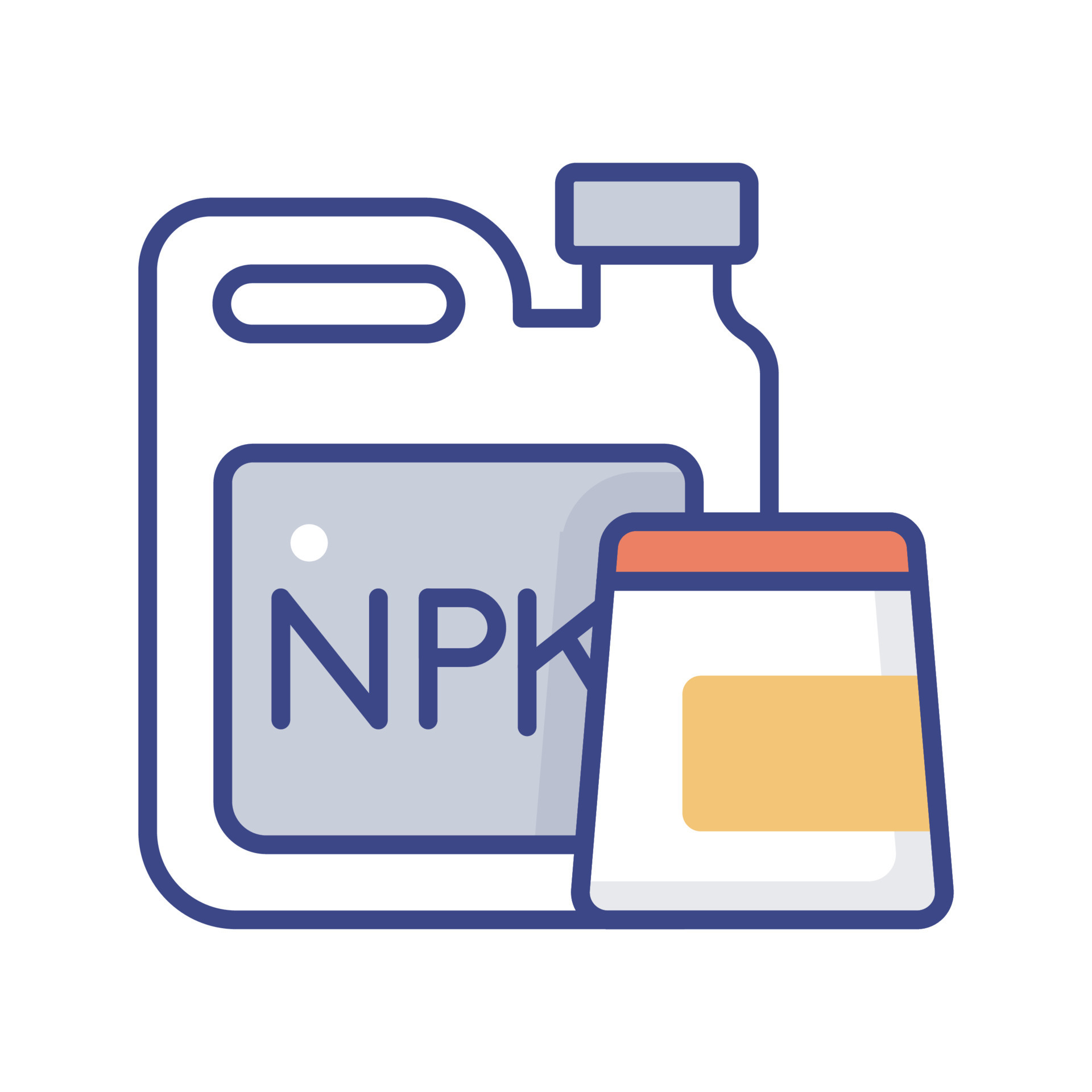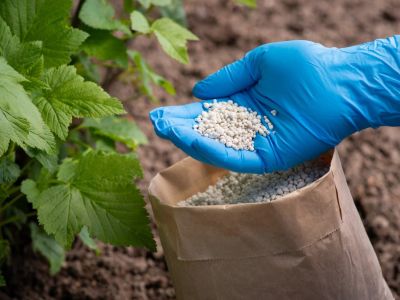Npk: The Key To Healthy Soil And High Yields
Title: NPK: The Key to Healthy Soil and High Yields
Introduction:
Nitrogen (N), phosphorus (P), and potassium (K) are the three macronutrients that plants need in the greatest quantities. These nutrients are essential for plant growth and development, and they play a role in many important plant processes, such as photosynthesis, respiration, and reproduction.
When plants do not have enough of these nutrients, they can experience stunted growth, poor yields, and even death. In addition, unhealthy soil can lead to a number of problems, such as erosion, compaction, and waterlogging.
That's why it's so important to ensure that your soil has the right balance of NPK nutrients. By doing so, you can help to improve your soil health, boost your plant yields, and reduce your risk of crop failure.
Main Content:
- Nitrogen
Nitrogen is the most important nutrient for plant growth. It is a component of proteins, chlorophyll, and other essential plant compounds. Nitrogen helps plants to grow leaves, stems, and flowers. It also plays a role in photosynthesis, which is the process by which plants convert sunlight into energy.
- Phosphorus
Phosphorus is essential for plant reproduction and root development. It is also involved in the metabolism of carbohydrates and fats. Phosphorus helps plants to produce healthy flowers, fruits, and seeds.
- Potassium
Potassium is essential for plant water balance and stress tolerance. It also helps plants to resist diseases and pests. Potassium helps plants to transport nutrients throughout their tissues.
How to Get the Right Balance of NPK
The best way to get the right balance of NPK for your plants is to have your soil tested. A soil test will tell you the levels of NPK in your soil, as well as other important nutrients. Once you know the levels of NPK in your soil, you can add fertilizer to correct any deficiencies.
There are a variety of fertilizers available that contain NPK. You can choose from synthetic fertilizers, organic fertilizers, or a combination of both. When choosing a fertilizer, it is important to consider the type of plants you are growing, the soil type, and the desired results.
Conclusion:
NPK nutrients are essential for healthy soil and high yields. By understanding the role of NPK in plant growth, you can improve your soil health and boost your crop yields.
NPK fertilizers are a type of fertilizer that contains the three major nutrients that plants need to grow: nitrogen (N), phosphorus (P), and potassium (K). The NPK ratio on a fertilizer label tells you the percentage of each nutrient in the fertilizer. For example, a fertilizer with an NPK ratio of 10-20-10 contains 10% nitrogen, 20% phosphorus, and 10% potassium.
There are many different types of NPK fertilizers available, so it is important to choose one that is right for your plants. You should also consider the soil type and the climate in your area when choosing a fertilizer.
If you are not sure which NPK fertilizer to use, you can visit Garden Wiki for more information. This website has a wealth of information about NPK fertilizers, including how to choose the right fertilizer for your plants and how to apply it properly.
FAQ of npk
- What is NPK fertilizer?
NPK fertilizer is a type of fertilizer that contains nitrogen (N), phosphorus (P), and potassium (K). These are the three major nutrients that plants need to grow and thrive. The numbers on a bag of NPK fertilizer represent the percentage of each nutrient that the fertilizer contains. For example, a fertilizer with the numbers 10-10-10 contains 10% nitrogen, 10% phosphorus, and 10% potassium.
What do the three nutrients in NPK fertilizer do for plants?
Nitrogen is responsible for plant growth and development. It helps plants produce chlorophyll, which is essential for photosynthesis. Nitrogen also helps plants produce proteins and amino acids, which are essential for cell growth.
Phosphorus is important for plant root development and flowering. It also helps plants store energy and produce carbohydrates.
Potassium helps plants regulate water balance and resistance to stress. It also helps plants produce fruits and vegetables.
How do I choose the right NPK fertilizer for my plants?
The right NPK fertilizer for your plants will depend on the type of plant, the stage of growth, and the soil conditions. In general, leafy green plants need more nitrogen, while flowering plants need more phosphorus. You can also consult with a local nursery or garden center to get recommendations for the right NPK fertilizer for your plants.
- How do I apply NPK fertilizer?
The best way to apply NPK fertilizer will depend on the type of fertilizer and the type of plant. In general, you should apply fertilizer to the soil around the plant, following the directions on the fertilizer label. You can also apply fertilizer to the leaves of some plants, but this is not always necessary.
- What are the benefits of using NPK fertilizer?
NPK fertilizer can help your plants grow faster, produce more flowers and fruits, and be more resistant to pests and diseases. It can also improve the overall health and quality of your plants.
- Are there any risks associated with using NPK fertilizer?
NPK fertilizer can be harmful to plants if it is not used properly. Too much fertilizer can burn the roots of plants, and it can also leach into groundwater and pollute the environment. It is important to follow the directions on the fertilizer label and to apply fertilizer only when it is needed.
Image of npk
- NPK letters made of mineral fertilizers background. This image shows the three letters N, P, and K made up of different types of mineral fertilizers. The colors of the letters correspond to the colors of the elements they represent: nitrogen (N) is blue, phosphorus (P) is red, and potassium (K) is yellow.

- NPK, Nitrogen, Phosphorus, Potassium, Garden Fertilizer Chart, Guide, Infographic Vector. This image is a vector infographic that shows the different types of NPK fertilizers and their uses. The infographic also includes a chart that shows the recommended NPK ratios for different types of plants.

- Young plant growing in soil against sunny background with 16 digital nutrients icon which nessesary in. This image shows a young plant growing in soil against a sunny background. The plant is surrounded by 16 digital icons that represent the different nutrients that plants need to grow healthy. The NPK elements are represented by the blue, red, and yellow icons.

- Chemical fertilizers isolated on white background. This image shows a variety of chemical fertilizers isolated on a white background. The fertilizers are labeled with their NPK ratios.

- Fertilizer pellets on soil that need fertilizer. This image shows a handful of fertilizer pellets on soil that needs fertilizer. The pellets are labeled with their NPK ratios.

- The farmer mixing fertilizer for farming, NPK fertilizer. This image shows a farmer mixing fertilizer for farming. The fertilizer is labeled with its NPK ratio.

- Woman farmer hand holding fertilizer over yellow fertilizer bag. This image shows a woman farmer holding a fertilizer bag over her hand. The fertilizer bag is labeled with its NPK ratio.

- Nitrogen (N): male hand holding blue npk balanced chemical fertilizer used for plant nutrition. This image shows a man's hand holding a blue fertilizer that is labeled with the NPK ratio 15-5-10.
- Npk illustration style icon. EPS 10 file. This image is an illustration of the NPK elements in a stylized icon. The icon is in EPS 10 file format.

- Gardeners hands hold metal spoons with NPK chemical fertilizers to provide for plants to thrive and grow. This image shows gardeners' hands holding metal spoons with NPK chemical fertilizers. The fertilizers are labeled with their NPK ratios.


Post a Comment for "Npk: The Key To Healthy Soil And High Yields"